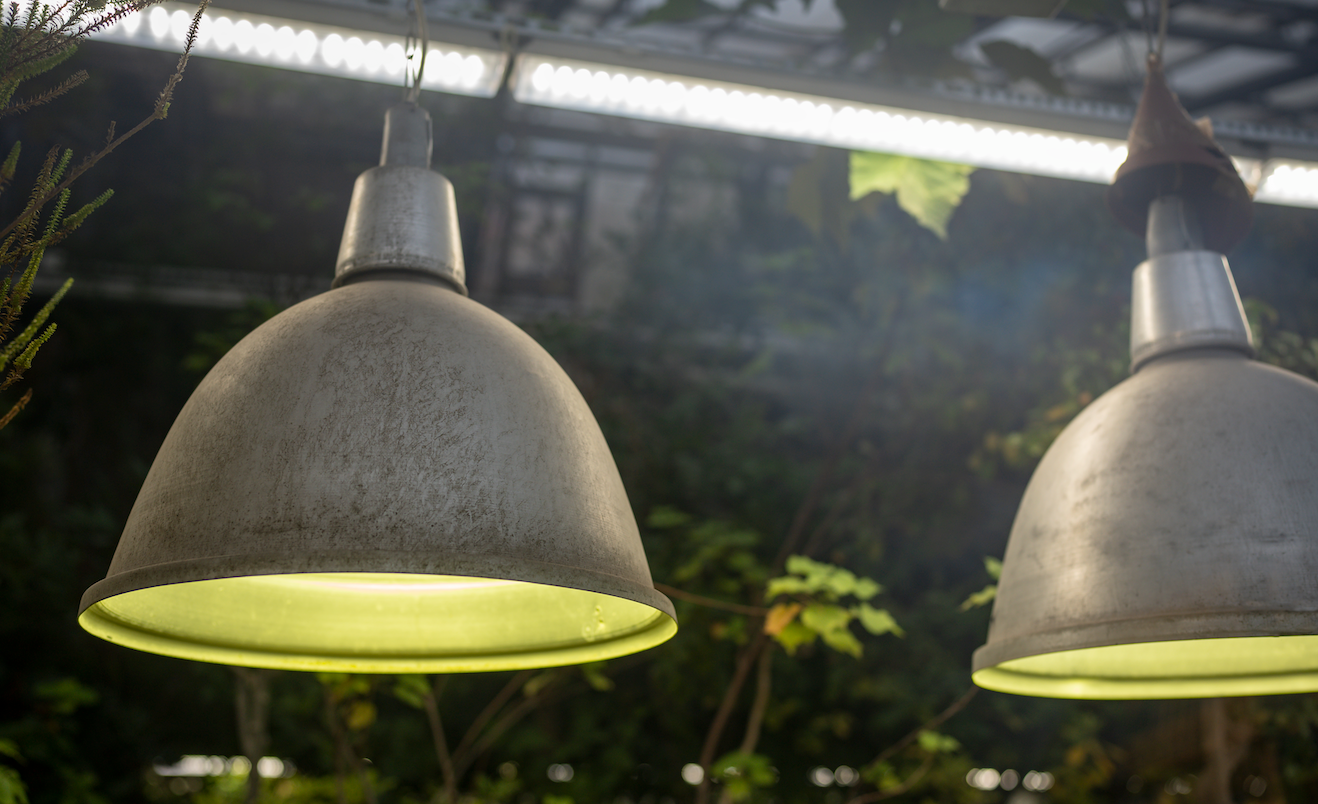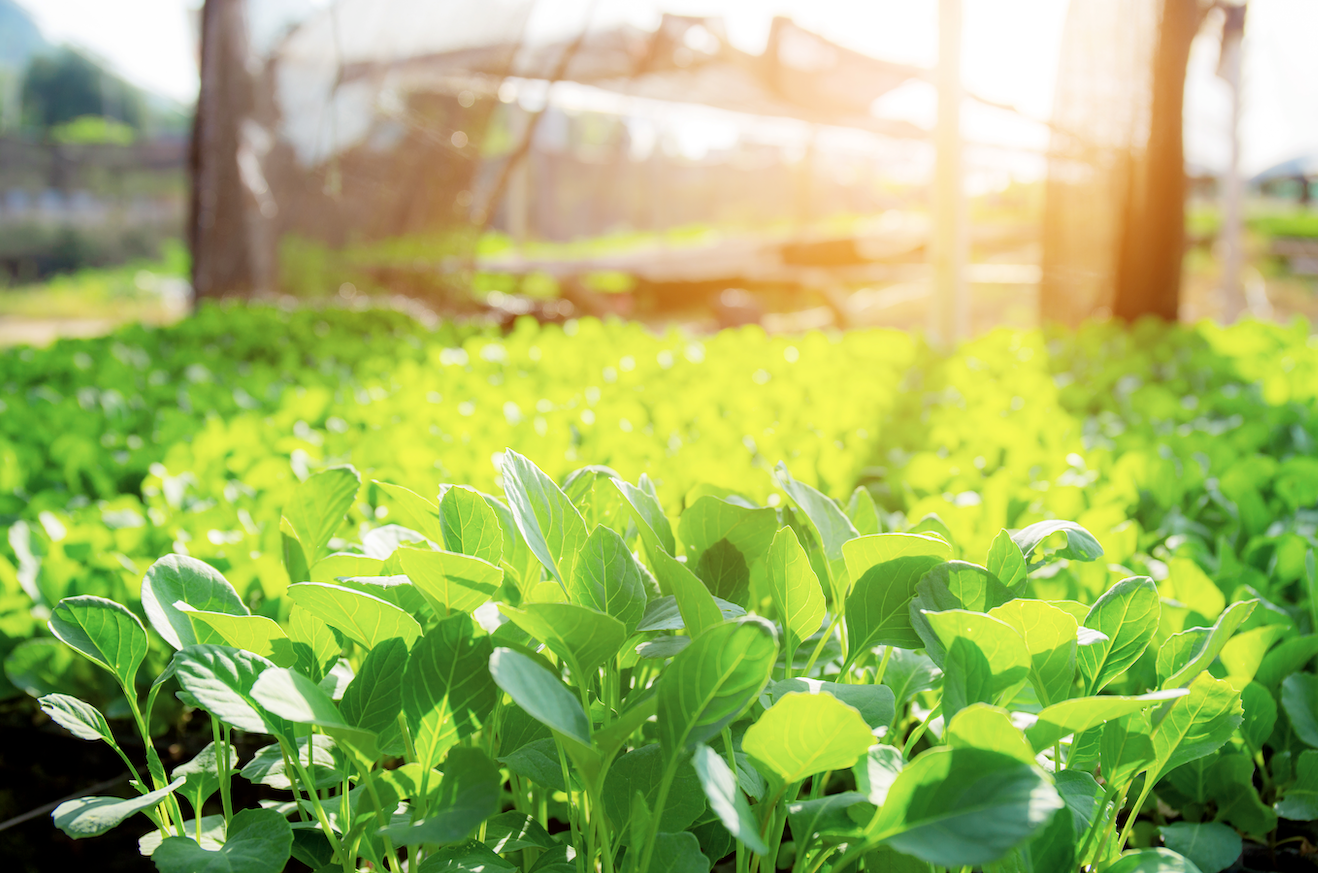Pest Control For Hydroponic Growers

Pest Control and Preventing Pest Infestations in Hydroponics
Hydroponic gardening indoors makes you less at risk of having pest infestations compared to outdoor gardening, but you can still get them. Many hydroponic gardeners state that despite trying your hardest to prevent them, it is likely that at some point in your hydroponic gardening journey you will get pests and will have to deal with them. It is good to check your plants every day and deal with any issues quickly. There are some common pests that can occur in hydroponics, and in this article we will cover what pests can attack your hydroponic garden and how best to approach pest control.
Common Pests in Hydroponic Gardening
Some common but serious threats in hydroponic gardening can include aphids, fungus gnats, Pythium, shore flies, spider mites, thrips, and whiteflies.
Aphids
Aphids can infest a hydroponic system, and if plants have too much nitrogen, it increases the chances of an infestation happening. They are small, 2–4-millimeter-long (1/16 to 1/8-inch), pear-shaped, soft-bodied insects. They can be a variety of different colors, including green, black, red, yellow, brown, or gray. They attack a lot of different plants, including tomatoes, lettuce, and kale. Aphids often leave behind a sticky honeydew that can cause dark mold to grow. Aphids suck the juice out of leaves, which makes them turn yellow.
Having an aphid infestation can attract other pests to come along, such as scale insects, whiteflies, ants, and mealybugs. Aphids can also transmit viruses to plants. They usually come from outside plants introduced to a hydroponic garden. So, before transferring any plants to your hydroponic system, always check them for signs of infestation.
Fungus Gnats
The gnats themselves aren’t an issue, but their larvae attack the roots of plants. If you see gnats fly away from a plant when you go near (they look like mosquitoes), then you need to check for larvae and see that you haven’t got yellow leaves that are wilting. They can lay eggs in the growing medium, and when their larvae hatch, they will eat the roots of your plants. Fungus gnats love excess water and moisture near plants’ roots, which means you can get rid of them by controlling the moisture of your plants. You can kill their eggs and larvae by allowing the growing medium to dry out in between waterings.
Mealybugs
Mealybugs are common around plants that are fruiting. These tiny, white bugs have a scaley appearance and suck the nutrients out of plants, leaving them with yellow leaves. They leave behind honeydew residue on plants’ leaves, which can attract other pests. Mealybugs will put their eggs in white, cottony clumps under the leaves and stems of plants.
Shore Flies
Shore flies don’t cause as much destruction as fungus gnats. Appearance wise, they look similar to common house flies. Shore flies are not known to feed on healthy plant tissue. They feed primarily on algae or decaying organic matter and breed in moist environments.
Spider Mites
Spider mites are extremely small. They have 8 legs, and they can be red, green, yellow, or brown. They look like tiny spiders, and they’re really hard to spot until there’s a big infestation of them. A female spider mite can lay hundreds of eggs and infestations grow really quickly.
Spider mites pierce plants’ leaves, and this can damage cells in your plants, causing stunted growth or death. They especially like plants that flower, such as tomatoes, cucumbers, and strawberries. They may cause white or yellow spots on leaves and/or stems. If you notice this, check underneath the leaves too. If you wipe the underside of leaves, and there are streaks of spider mite blood, you know you have mites. They also leave fine webs on plants. If the place has a high temperature and low humidity, these are ideal conditions for spider mites to thrive. Spider mite infestation can lead to leaf chlorosis, which then can cause plants to drop leaves when the infestation is really bad.
It is well worth keeping an eye on your plants for spider mites, especially if temperatures are hot around your hydroponic system, near grow lights, and during summer months. Having a hot environment will encourage the spider mite population to grow tremendously fast.
Thrips
Thrips suck the nutrients out of plants, and this will cause the leaves to go yellow or brown. Thrips are small insects—they are usually 2 millimeters (1/16 of an inch) in length, and they can look like black dots on top of leaves. When they’re young, they are pale yellow, and when they’re adults, they are brown or black. Certain plants tend to get thrips more often, and these include onions, beans, peas, tomatoes, and cucumbers.
Whiteflies
Whiteflies look like very small white moths. They are only about 1 millimeter (1/25 of an inch) in size, and they fly away if you try to catch them. They are sap-sucking pests, and they feed on plants. They can stunt the growth of plants and cause the leaves to wilt and fall off. They also leave honeydew residue after sucking sap from the leaves of plants, which can attract other pests.
Because they are so small, they are really hard to notice, and it’s difficult to spot an infestation at its early stages. You can use a magnifying glass to try to detect them. The most obvious sign of a whitefly infestation is the appearance of a large cluster of whiteflies on the undersides of leaves. This is their favorite place because it grants protection from the sun. When clustered together, they look almost like tiny grains of rice.

Dealing with Pests
If you want to practice good pest control you should regularly check your plants for signs of a pest infestation. It is definitely worth getting a 10x magnifying glass to check your plants. When you’re checking them, you can see if the plants look green and healthy and whether they have any new buds or fruit growing. Things that you can look out for include spots on leaves that may be white, yellow, brown, or black. If these spots scrape off, then there is a pest issue. If you notice signs of pests, then you also need to check the leaves and stems on all other plants to see how far the pest infestation has spread. If you have any holes in the leaves of your plants, it may be a sign that you have a pest infestation.
It's important to act really quickly if you do spot signs of pests and try to prevent them from spreading to other plants. If you leave things be, then the infestation may spread. So, if you can, act as soon as you spot it. You can get rid of some pests by changing the temperature or humidity, while you may need to spray your plants with a pesticide (there are plenty of organic options available) to get rid of others.
You can spray your plants with a neem oil solution to get rid of most common pests in hydroponics, such as aphids, fungus gnats, mealybugs, shore flies, spider mites, thrips, and whiteflies. Simply follow the instructions on the label, make a spray, and spray your plants 1–2 times a week until pests are gone. With mealybugs, you can also use a swab soaked in alcohol to remove eggs.
You can also use insecticidal soap. Just like neem oil, insecticidal soap works well against most common pests in hydroponics. Simply follow the instructions on the label, make a spray, and use it to spray your plants once or twice a week until pests are gone. Neem oil and insecticidal soap are both organic and are good options to get rid of pest infestations. It is advisable to spray pesticides on a small part of a plant rather than the whole thing at first just to check that they don’t damage it.
You can also use sticky traps to entice bugs into and stop them from getting on your plants. Using these can help you to identify what pests are in the area so that you can look out for them. The downside of these traps is that only flying pests will land on them, and they won’t help you deal with pests that are on the leaves or stems of your plants. Blue stick cards will attract thrips, and yellow cards are good for fungus gnats and whiteflies. You can also place the cards at the level of your growing medium where fungus gnats gather.
You can also get some predatory insects, such as ladybirds (ladybugs) or lacewings, to eat pests. Both ladybirds and lacewings will eat aphids, thrips, mealybugs, spider mites, and whiteflies. Using predatory bugs to eat pests in your garden is known as biological pest control. You can buy ladybirds and lacewings online as well as from some garden centres.
One of the best bits of advice is to ensure that everything is as clean and sterile as possible in order to prevent bacteria, pests, and contaminants—prevention is much better than trying to treat pests. In comparison to an outdoor garden, which receives help from nature’s wind, rain, and natural predators of pests, a hydroponic garden is to some extent isolated from these garden pests, but because typically it has many plants packed into a small space, it means that once you do get pests, they can spread easily from one plant to another really quickly.
Preventing Pest Infestations
It can be really helpful to view your hydroponic growing area almost like a scientific lab that needs to be kept sterile and hygienic. Wash your hands regularly, and especially so if you’ve dealt with plants that have any signs of pests or diseases. Ideally, wear clean clothes when going near your hydroponic plants, and try not to walk into the grow room after you’ve been in the garden that may have pests or diseases in it. Ensure any tools you use for your plants are clean and are specific to your hydroponic plants. Don’t use the same tools to garden with or even to tend to house plants because they may have diseases that could impact your hydroponic garden. You should regularly disinfect your tools using isopropyl alcohol or 10% bleach/water solution. Everything that comes in contact with your hydroponic plants needs to be sterile.
If you are transplanting plants from soil into your hydroponic system, then you need to be really careful because garden plants can have pests and bacteria. You need to clean the plants thoroughly before putting them into your hydroponic system. Gently get rid of as much soil as possible from around the root area. You can gently massage the soil out of the roots. You can also dip them in water or spray them. Next, rinse the plant in order to remove any remaining soil residue because you don’t want this getting into your hydroponic system and clogging it up or transferring any diseases or pests. It’s sensible to rinse the leaves of the plant too, even if there is no soil on them because you don’t want the leaves to have any tiny pests that would enter your hydroponic garden and infect other plants. You can spray the plant from top to bottom or even drown it in water.
There are other things you can do to prevent pests other than keeping your growing area clean. Checking your humidity levels is one of these because many pests like humidity. High humidity may attract pests such as fungus gnats and spider mites. Ideally, 50–60% humidity is best, and keep the temperature in your grow room cool too, around 77ºF (25ºC) when the grow lights are on, and 68ºF (20ºC) when the grow lights are off. Keeping your grow room well ventilated will help prevent mold and fungus growth.
If you overwater your plants, mold, mildew, and algae can form. Preventing your growing medium from getting too wet can help. If there are any spillages, ensure you clean these up in order to prevent mold and mildew. Don’t smoke in the room where your hydroponic system is, and ensure anyone who smokes washes their hands before touching hydroponic plants in order to prevent your tomatoes or peppers from getting infected by tobacco mosaic virus. It will make your plants have a yellow or white mosaic pattern on their leaves.
Another approach is to use an ultrasonic pest repellent which emits frequencies that are meant to annoy and scare pests away. These ultrasonic frequencies are not meant to harm humans or pets.
If you have a ventilation system with an active intake in your grow room, make sure it has an intake air filter. If you’re using a passive intake system, you can put a bug screen on your intake opening (also called a bug shield) to prevent pests from getting into your grow room.
Make sure to maintain the correct pH levels for your plants because this will keep them thriving in optimum conditions, and healthy plants are generally more resistant to pests.
If you have your plants growing in a greenhouse, it’s important to remove weeds around the greenhouse regularly because this will get rid of a habitat where pests may thrive and enter the greenhouse.
In between planting, it’s vital to really clean your hydroponic area thoroughly. Make sure that you dispose of any old plants. If you have any leftover nutrient solution, you can dilute it with an equal amount of water and use it as a liquid fertilizer in the garden to give your plants a boost of nutrients. Clean your grow room thoroughly from the top toward the bottom. Scrub the walls, clean your grow lights, clean the tables, and change filters if your system has them. You also need to clean your hydroponics system thoroughly. If you’d like to find out more about cleaning and maintaining your hydroponic system, we have an article about this here.
For more great content check out the Proponics YouTube channel below!

By Max Barnes
Max Barnes is a long-time homesteader and author. Max grows the majority of his own food year-round using a variety of different methods, including hydroponics. Hydroponic gardening plays a huge part in his homestead and self-sufficiency goals.




